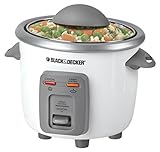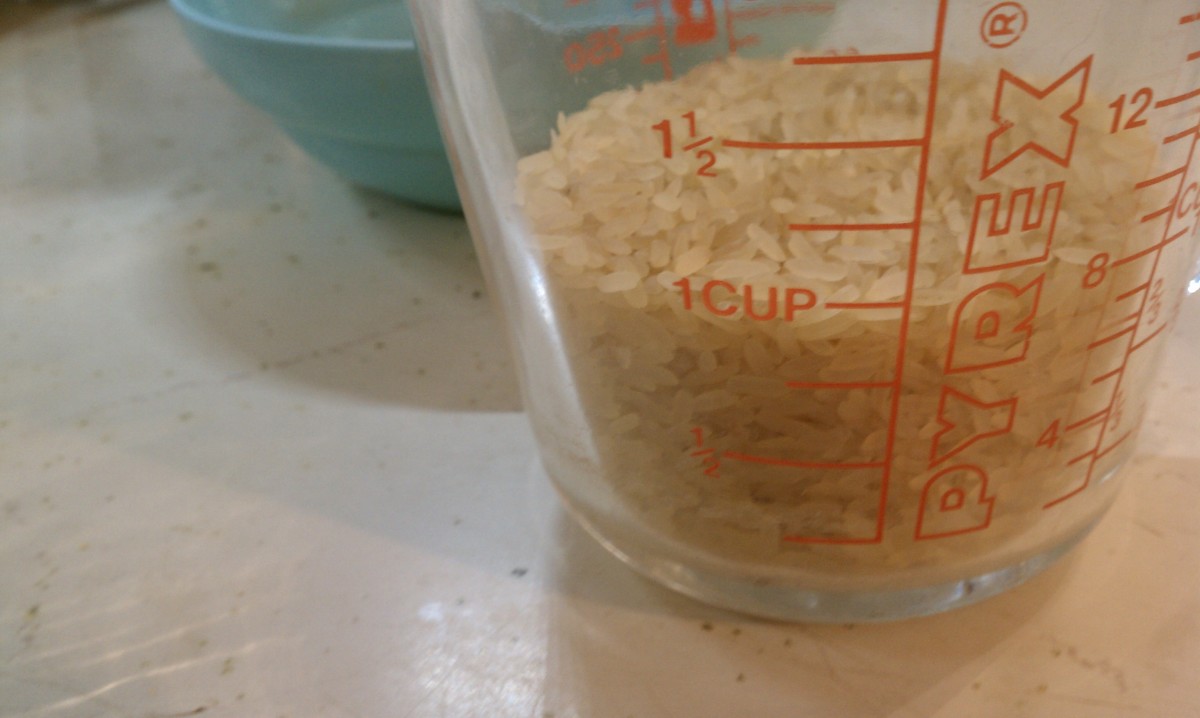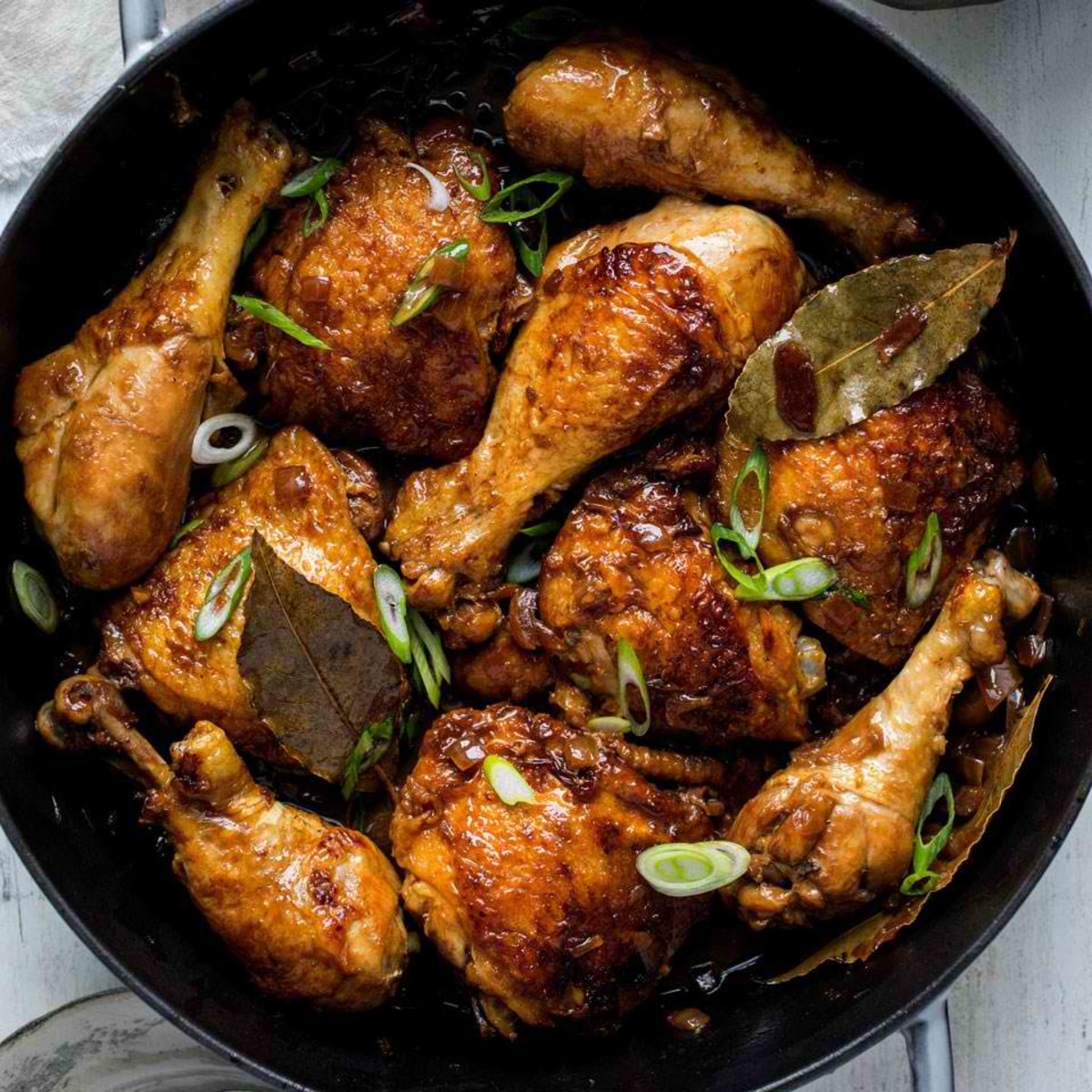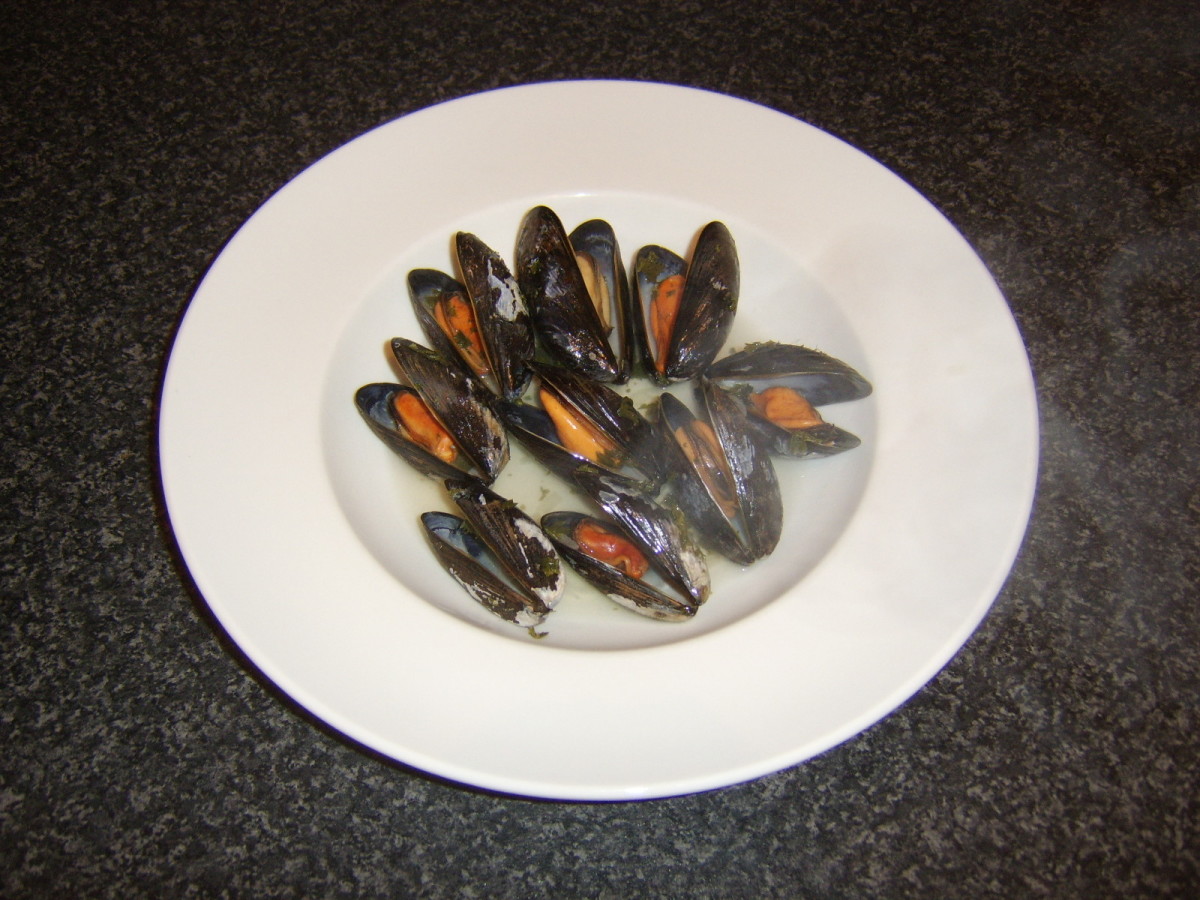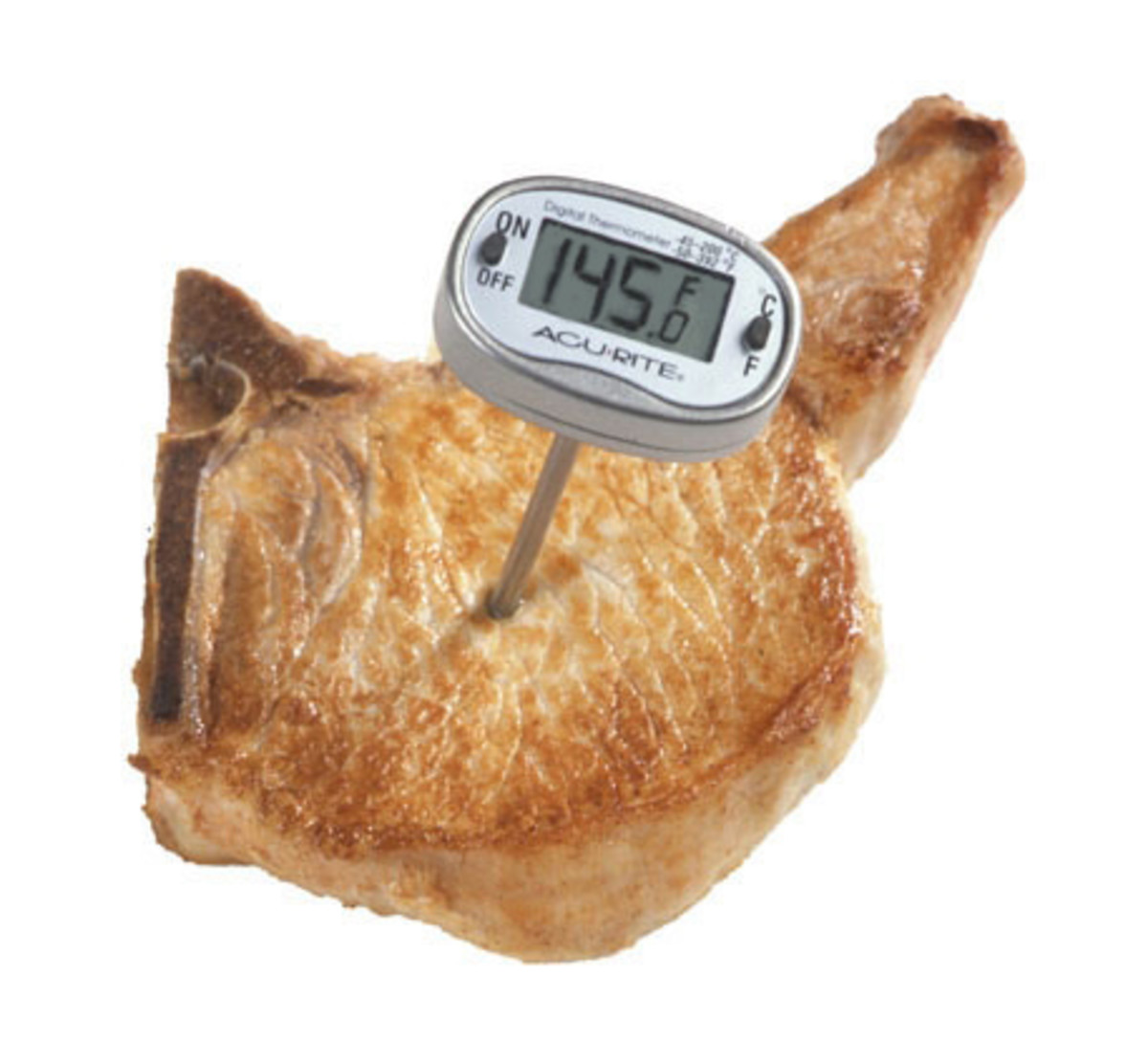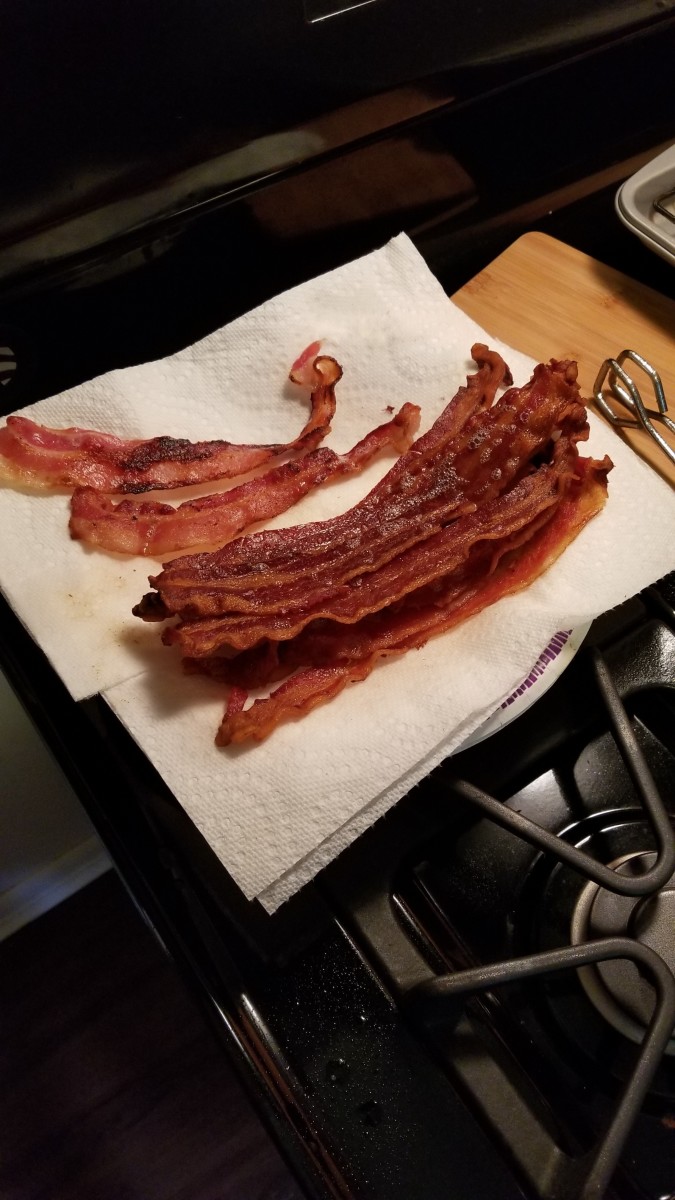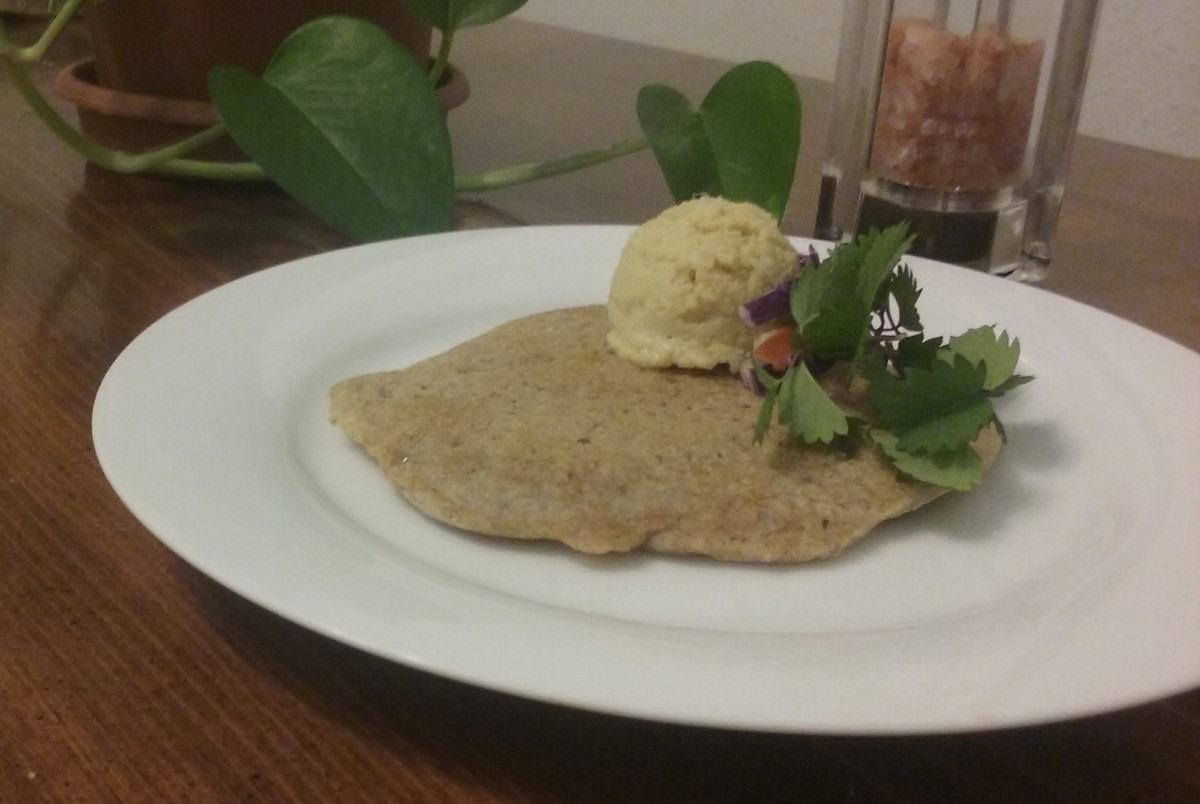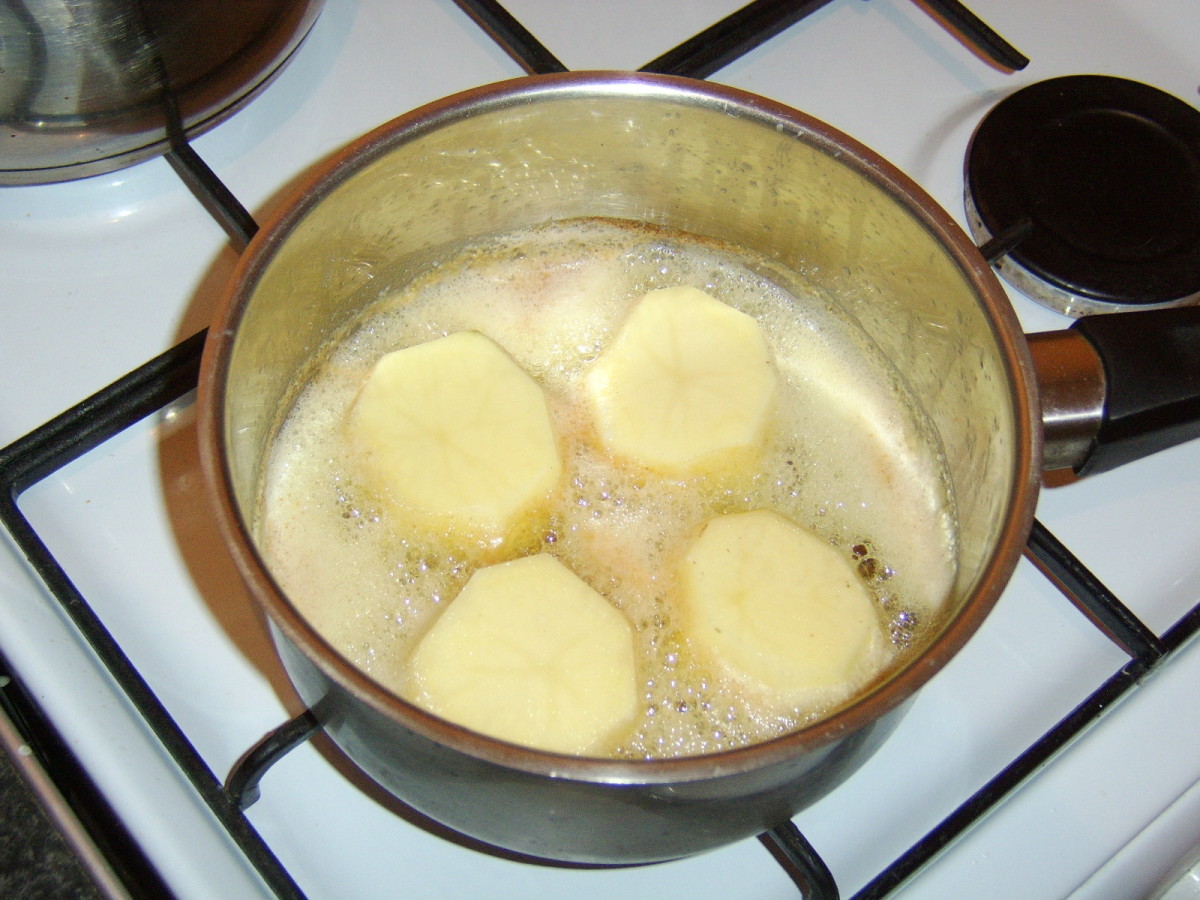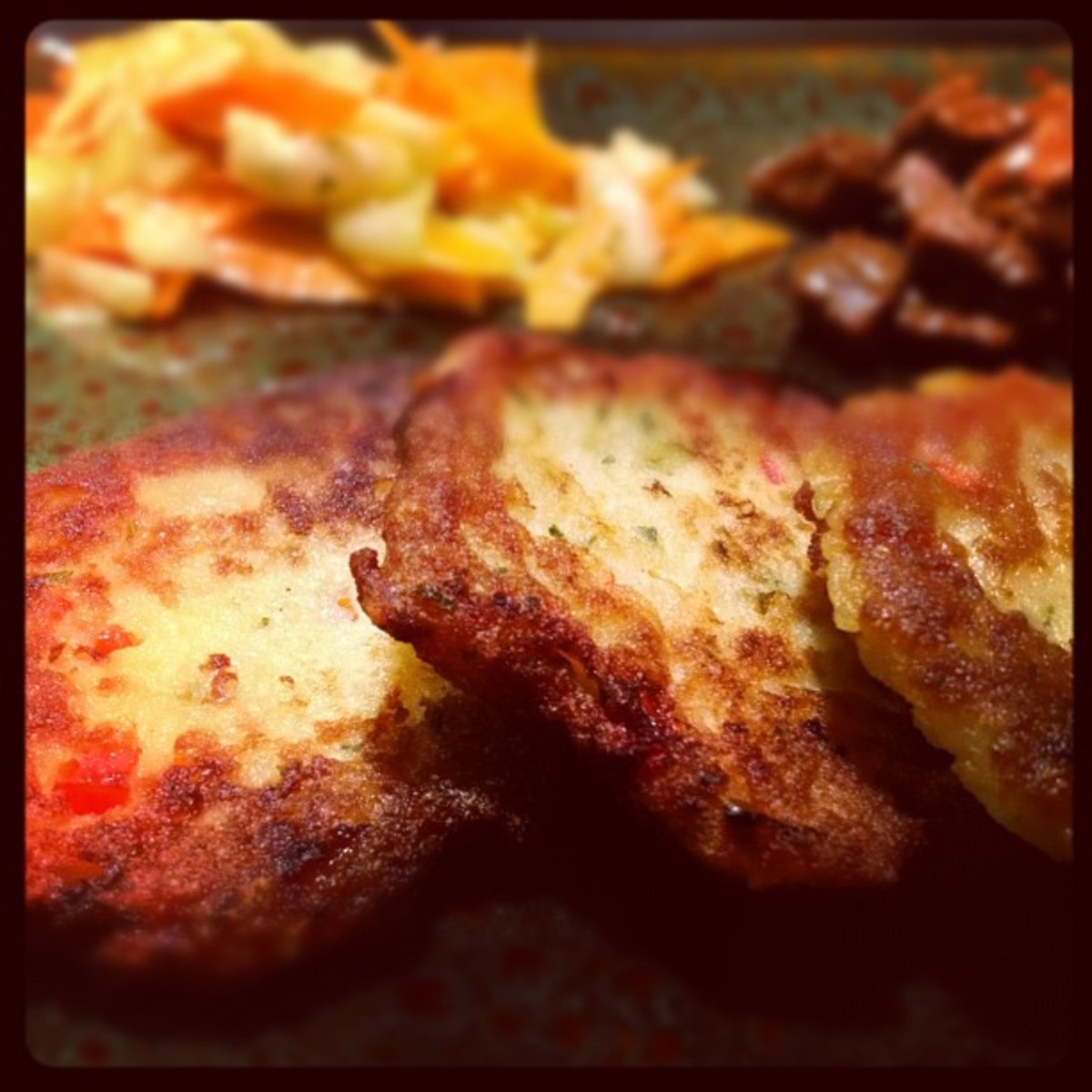Cooking Basics: How To Cook Rice Perfectly
Knowing the very simple yet practical rice cooking techniques will give you the pride of serving a perfectly cooked rice all the time!
Perhaps, this may really sound so simple to many of you - how to cook rice, perfectly! And perhaps though, some of you might immediately want to say, "Rice? Oh, that’s so easy to cook. Just boil a cup of rice on a pot and for a few minutes you’re done!" Or maybe others would say, "Why not buy an electric rice cooker? All you have to do is add some rice and water in it, follow the simple directions on how to operate it and voila, you now have an instant, perfectly cooked rice, hassle-free!"
Yes indeed, cooking rice is so simple and easy to do, that’s true! I definitely agree. However, you need to know a few basic techniques to make it happen - perfectly. That is why, you don’t even need to bother getting a rice cooker in order to do this uncomplicated task, unless otherwise you have some other good reasons for buying one.
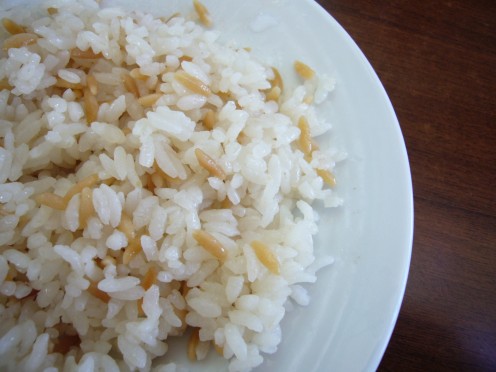
But what if you don’t want to buy a rice cooker or steamer? What if you simply just want to cook rice over your stove top? Very well, you may do so, and I’m pretty sure many of us are doing the same thing. But how many of you have really enjoyed a "perfectly cooked rice" every time you make one in your own kitchen? Yes, I’m talking about the kind of rice that’s not dry, hard, or wet and mushy - but the kind that's tender, fluffy, and oh so perfectly good!
Not many of us probably, and that’s the reason why you're here reading this hub and looking for some secrets. Indeed, it can be a very frustrating experience knowing that something so simple just doesn’t turn out prefectly right. So if you really want to know the basic or simple technique on how to cook that perfectly tender and fluffy rice and make it land on your own cooking pot, then here are a few tips and techniques below that you should need to know about.
Rinse Before Cooking
Always make sure to rinse rice in cold running water. Some of you probably don't do this but this is very important as water may easily remove loose starch or talc on rice, depending on the kind of rice you use and where you bought it. However, thorough rinsing as well as draining rice can help make rice less sticky as well as minimize the excess water that you are planning to add later to your cooking.
Know & Identify the Methods for Cooking Rice
After thorough rinsing, it is important to know what kind of rice you’re planning to cook and which cooking method you are going to use. There are many different methods for cooking rice. Usually, rice is cooked by either boiling or steaming. By using either of the two, there are two simple and very economical ways for you to choose how to cook your rice - through absorption or rapid-boil method.
- Absorption Method. Known as the simplest method, rice can easily be cooked by measuring a particular amount of water that's only enough for it to absorb. While cooking, the water will start to drop off leaving small tiny dimples of liquid on the surface - a good indication to cover the pot and lower the heat to its lowest temperature. Rice should cook slow (the slower the better) and the steam trapped inside will be the ones to finish the cooking. When using this method, immediately turn off the heat as soon as all the liquid have been absorbed and let the pot to remain covered to evenly cook the rice.
- Rapid-boil Method. In this simple method, rice is cooked by large amounts of water and is drained just right before serving. This method has also been tested and guaranteed by many to make a desirably and perfectly cooked rice.
Measure the Right Amount of Water
Measuring the right amount of water for cooking your rice is very important. The common mistake people mostly do in cooking rice is that they just roughly estimate the amount of water they put into the pot. By doing this, it may seem very likely that you cook a perfectly fluffly rice today but it may be dry, burnt, or mushy the next time, or vice versa.
Absorption method necessitates measuring the right amount of water to use. Generally, a 1-1/2 to 1-3/4 cups of water per cup of long-grain white rice makes a perfectly cooked rice. Others find the 1-2-3 ratio as a more simpler cooking technique which is done by adding two cups of water for every cup of rice to make 3 cups of perfectly cooked rice. Though this sometimes vary as every one has its own preferrence as to how fluffy and tender they want their rice to be.
In this case, it is advisable that you may also try measuring a little more or a little less water to both of the above measurements to get the desired texture of your rice. Yet don't forget, short-grained and white rice usually requires less water than brown rice.
Let Rice to Rest Right After Cooking
Letting the newly cooked rice to sit and rest for a few minutes, about 5-10 minutes will give it time to finally absorb all the liquid that’s been left, at the same time redistributing the moisture. Generally, when rice is immediately served right after turning off the heat, it won’t give you an even tenderness and fluffiness as most of its top tends to look dry while still moist at the mid part till the bottom.
Choose Your Perfect Pot for Cooking
The last but not the least, always prefer to choose a type of pot that will go well with your rice cooking. Remember, the type of pot you are going to use for cooking rice is very important since this will help prevent your rice from scorching at the bottom.
To make cooking rice easier, I recommend using a stainless steel or non-stick cooking pot with a tight fitting glass lid. A tightly sealed lid helps keep the steam from cooking intact which is more likely to cook your rice evenly. The glass lid will also make it easier for you to peek in and see how the cooking goes on inside. If your pot has a lid that fits loosely, you may still use it by putting a clean kitchen cloth between the lid and the pot.
A Few More Tips:
- In measuring the amount of water to use for your rice, take note that the more water you add, the more softer and stickier your rice will be. In contrast, the lesser water makes a firmer and fluffier rice.
- If you use older rice, soaking it for about 15-20 minutes may help make it less brittled. However, most rice doesn’t necessary need to be soaked in water, except for a few kinds such as the Basmati rice where soaking helps the grains to expand its length.
- Most rice may be classified as long-grain and medium or short grain types. Generally, long-grain rice holds itself after cooking while the medium-grain ones tend to be more sticky which makes them suitable for making rice desserts and other sweet concoctions.
- Using pots with glass lids are very useful. It makes it easier for you to see how the simmer goes so that if it gets too strong, you can immediately lower the heat.
How to Fix Rice That Didn’t Turn Out Perfectly Cooked:
- If your rice became chewy or hard in the middle after cooking, try adding a little amount of water, about a quarter of a cup or so, cover the pot and cook for about 4-5 minutes on low heat.
- If your rice becomes a little too wet after cooking, uncover the pot and try to cook it again over low heat for a just about a few minutes until it turns dry without burning its bottom.
- If ever the bottom of your rice got burnt (this usually happens to many) try running a cold water over the bottom of the pot. This will help the burnt flavor from spreading throughout the rest of your cooked rice.
You Might Also Like:
- Practical Baking Tips - How to Make Your Own Homemade Bread
Why not try making your own bread at home? Baking your own homemade bread may not always seem as easy as it sounds, but if you'll try to know and learn the basic methods in bread baking, it will be more... - Practical Baking & Food Storing Tips: How to Store Dough
Store your left over dough for later use! Think for a while, you're hungry but you want to bake your own bread or pizza, but you don't have enough time to make a dough, isn't that so frustrating? ... - How to Store and Serve Cheese at Home - Best Ways to Keep Cheese Fresh and Mold-Free
This article will give you some helpful advice and tips on how to properly store and serve your freshly bought cheese at home. Read on to find out the best ways to keep your cheese tasting good, fresh, and... - What To Do With Leftovers - Chicken with Bulgur Pilaf Recipe
Everyday, I always keep leftover foods inside the fridge. And most of the time, if I don't immediately do something with it, surely they would all go to waste. And how would that made me feel? Guilty...... - Bulgur Pilavi, A Nutritious Turkish Wheat Pilaf Recipe
Bulgur Pilaf or bulgur pilavi in Turkish is one of the many great varieties of pilaf in the Turkish cuisine which has long been a common favorite side dish among the Turks. This wonderful dish is... - How to Easily Peel Hard Boiled Eggs
You're probably wondering right now why such articles as simple peeling or de-shelling hard boiled eggs should be published. And if you really do wonder why, then perhaps you should also try wondering why to...



